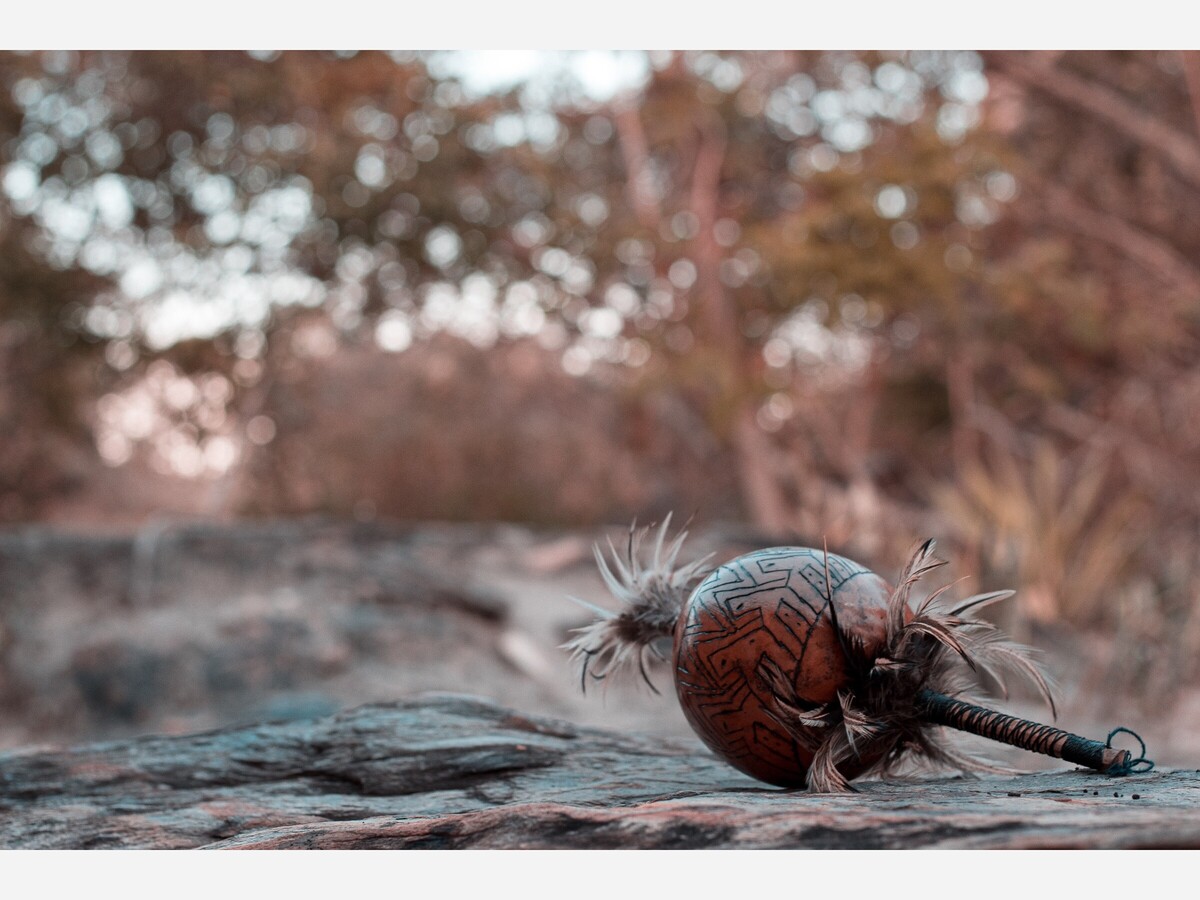Image


For thousands of years, Ayahuasca has played a pivotal role in various tribal ceremonies, including religious, mystical, healing, initiation, and other cultural rituals. It is used as a tool for personal growth and spiritual awakening, and it is a vital component in numerous healing traditions across the Amazon Basin, with its ceremonial use gaining popularity among the communities in South America.
Two plants make Ayahuasca: the Banisteriopsis caapi vine and the leaves of the Psychotria viridis plant. The active ingredient in Ayahuasca is DMT (Dimethyltryptamine), and It is the most potent and fastest-acting of the tryptamine class of hallucinogens that produces profound and transformative experiences.
Ayahuasca ceremonies typically involve a shaman or spiritual facilitator who prepares and administers the brew to participants. The ceremony often lasts several hours to days in a quiet sacred space. Participants may experience intense visions, emotions, and physical sensations during the ceremony.
The effects of Ayahuasca can vary widely from person to person, but shared experiences include feelings of connectedness, enhanced sensory perception, and a sense of unity with the universe. Many people report experiencing profound insights into their personal lives, relationships, and life purpose. Others report experiencing challenging experiences, such as confronting repressed emotions or traumatic memories.
While Ayahuasca has helped treat addiction, anxiety, depression, and PTSD for centuries, it is not without risks. Ayahuasca can interact with certain herbs and medications and should not be used by individuals with certain medical conditions.
Ayahuasca is a powerful tool for personal growth and spiritual exploration, but it should be approached with caution and respect. Seek experienced and reputable facilitators who deeply understand the plant and its effects. Preparing for the experience through diet, meditation, and intention setting is also recommended. The experience can be transformative and life-changing, but it is essential to be aware of the risks and to approach the experience with mindfulness and intention.